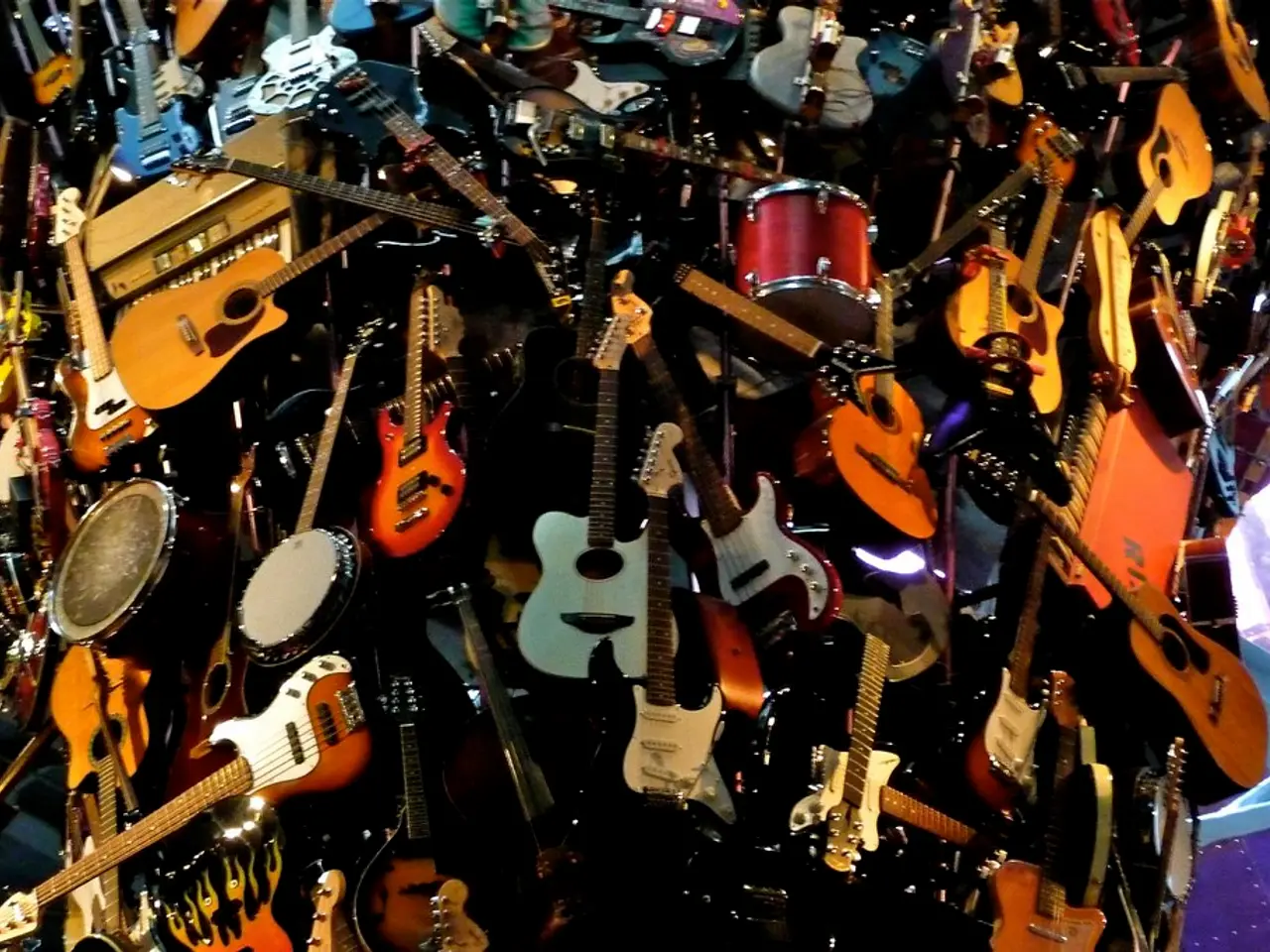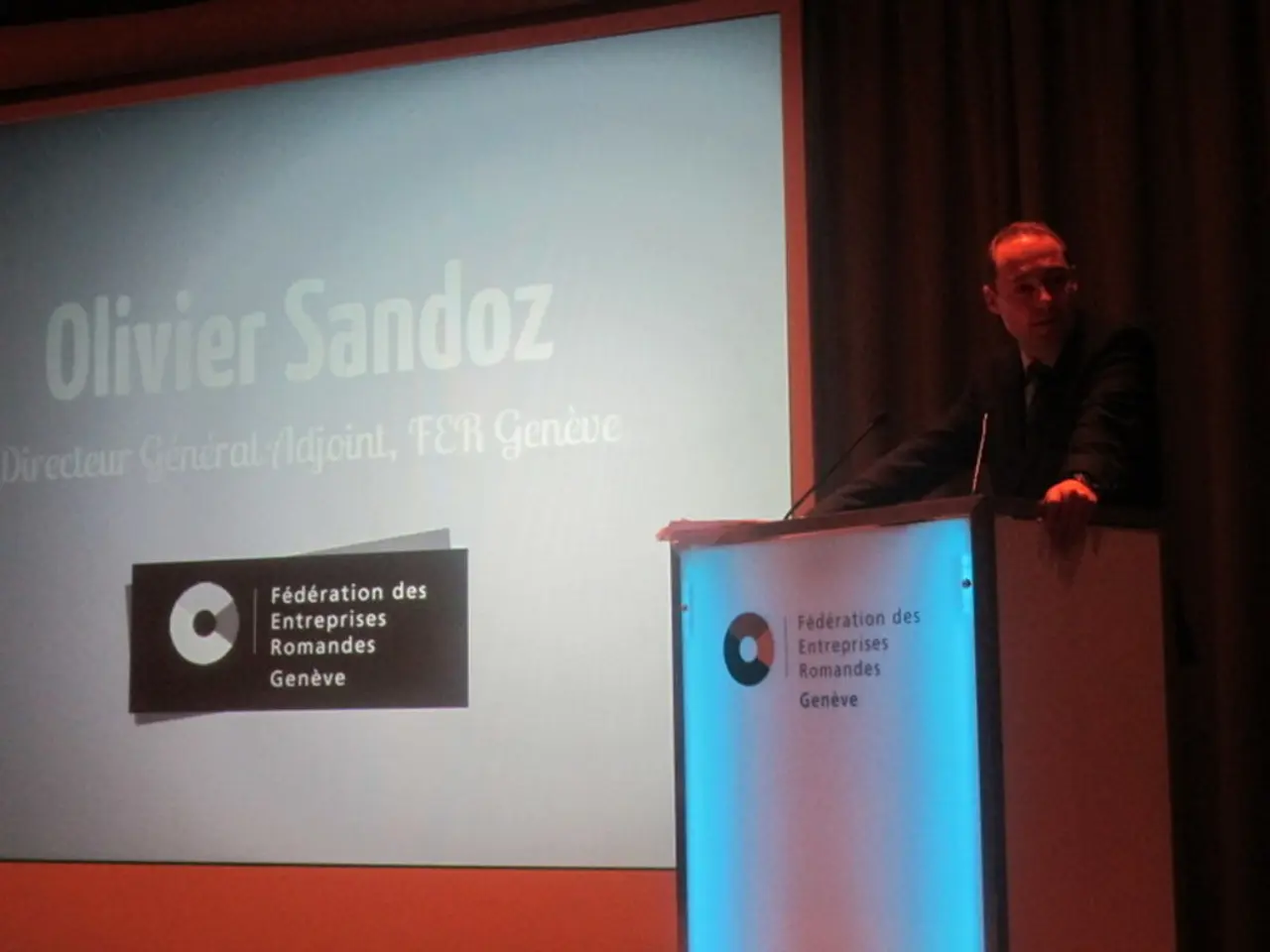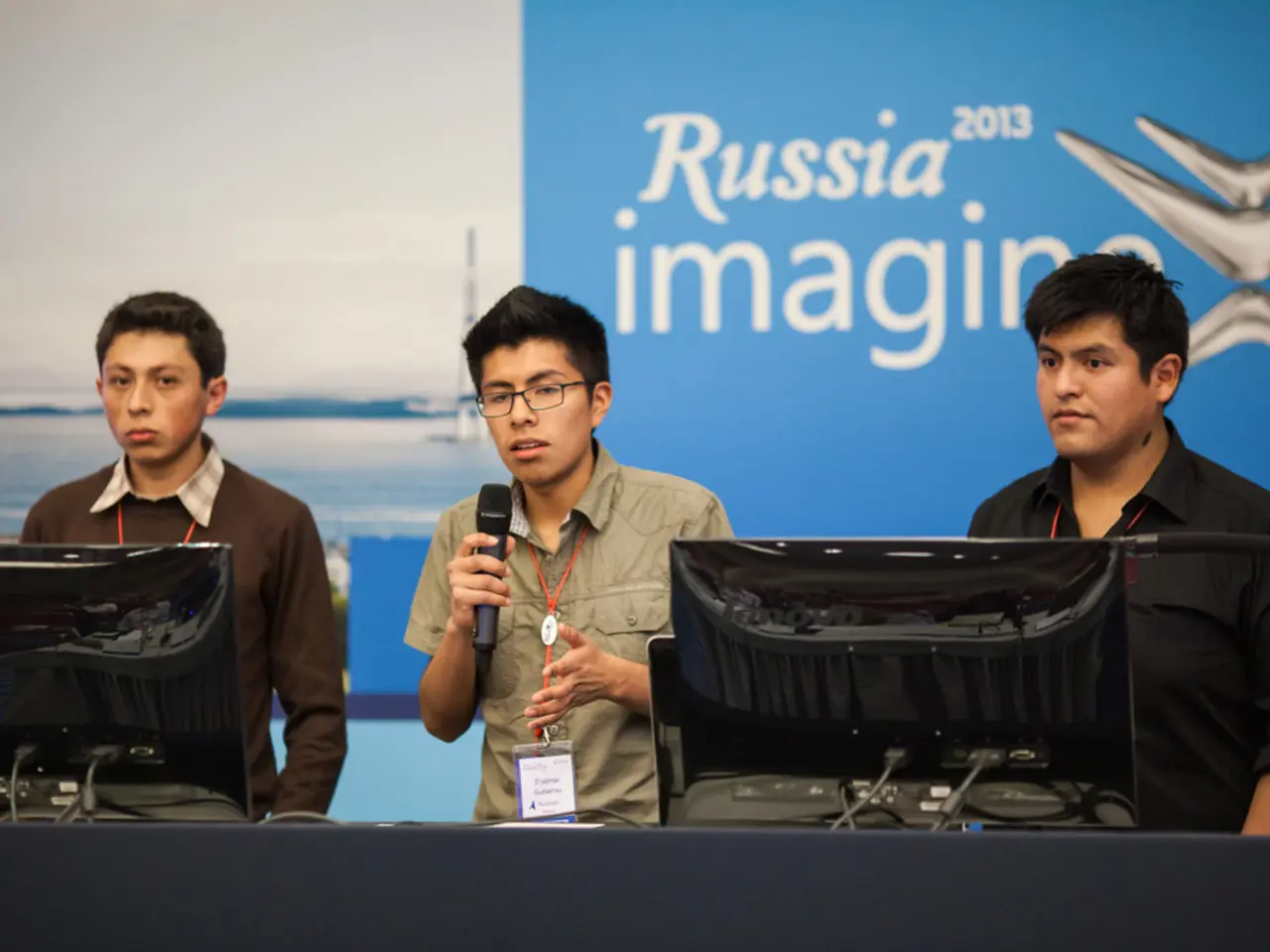Generating music with AI: An overview of the process
In the ever-evolving world of technology, artificial intelligence (AI) is making significant strides in the realm of music and voice generation. Neural audio codecs are playing a pivotal role in this transformation, enabling efficient, high-fidelity, and coherent music synthesis while drastically reducing computational resource needs.
The process begins with a neural audio codec, most notably SoundStream. These systems convert continuous audio signals into discrete, quantized tokens, a technique known as Residual Vector Quantization (RVQ). This conversion lowers the data rate while preserving audio quality, facilitating easier and more efficient manipulation by AI models.
By disentangling music into semantic and acoustic tokens, these models learn to separate what is being said (the linguistic content) from how it's being said (the voice's unique identity). Semantic tokens represent higher-level musical information like melody, rhythm, and structure, while acoustic tokens handle the fine-grain details like timbre, performance style, and recording characteristics.
The encoder transforms audio into latent vectors, the quantizer discretizes those vectors using a learned codebook, and the decoder reconstructs the original sound from those tokens. This process enables voice cloning systems to mimic accents, emotions, or even age the voice up or down.
More advanced voice AI systems, such as Tacotron 2, VITS, or OpenAI's Whisper, are neural network-based and generate speech from scratch. They work by converting text into intermediate acoustic representations and then turning them into waveforms using neural vocoders like WaveNet, WaveGlow, or HiFi-GAN.
The predictive engine behind this is AudioLM, which learns the statistical relationships between audio tokens over time. Models like Voicebox, VALL-E, and ElevenLabs' Prime Voice AI can replicate someone's voice using only a few seconds of reference audio.
AI-generated music is being used by Grammy-winning producers for ideation, arrangement, and polishing mixes, despite concerns about originality and emotional connection to songs written by machines. Generative AI in music models break down raw audio into a layered representation that can be predicted and reconstructed.
Advanced neural codecs like MuCodec and MUFFIN further optimize music representation for ultra-low bitrate transmission while preserving perceptually important musical details, which is critical for scalable AI music applications. By compressing raw audio signals into discrete tokens or codes, these codecs significantly reduce the size and complexity of the data models need to process, enabling AI systems to model music more effectively than working directly with raw audio waveforms.
In sum, neural audio codecs are foundational in AI music generation by compressing audio into discrete, manageable representations that allow generative models to produce expressive, coherent, and high-quality music efficiently, overcoming the challenge of directly modeling raw audio waveforms.
Technology played a crucial role in the transformation of music and voice generation, with neural audio codecs being at the forefront. These systems, such as SoundStream, convert continuous audio signals into manageable, discrete tokens, like in Residual Vector Quantization (RVQ), allowing AI models to manipulate audio more efficiently.
Artificial Intelligence (AI) models, like Voicebox, VALL-E, and ElevenLabs' Prime Voice AI, can replicate voices using only a few seconds of reference audio, thanks to advanced neural codecs that compress raw audio signals into manageable representations.




